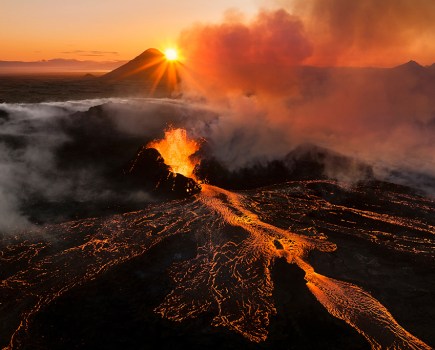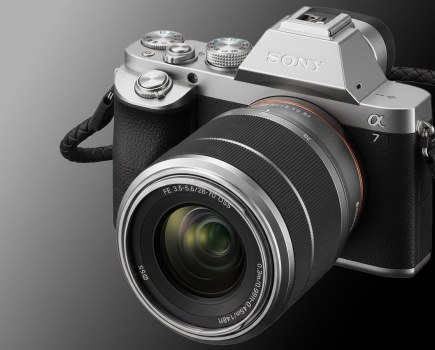VIEW WINNING IMAGES FROM THIS YEAR’S ARMY PHOTO COMP HERE
The move comes as the armed services juggle their finances after learning of an 8% cut to Britain’s defence budget.
Leading the fight against the Army photographic cuts is Command Master Photographer Fiona Stapley.
She said Army officials plan to axe 30 of the force’s 45 photographers – leaving just 15.
The Army’s photographic unit has already been told that five photographers who are leaving will not be replaced.
The work of Army photographers is used to communicate operations from the frontline back home via media such as newspapers and television.
In an interview with Amateur Photographer at the Imperial War Museum today, Stapley stressed that many photographic assignments also involve intelligence surveillance operations.
‘It’s not just the media side, she said. This is a big part of our job and growing. We’ve been asked for extra photographers there.’
Stapley added: ‘We create history.’
She explained that the Imperial War Museum uses images from the frontline to update its archive every three years.
Crisis talks
In January Stapley will meet heads of the Army’s photographic training school in Cosford, Shropshire to discuss the crisis.
It seems the Army may increasingly rely on amateur images captured by soldiers, hundreds of whom develop an interest in photography while serving in the Army.
‘What they [Army chiefs] are saying is that soldiers can take a two or three-week course and do what you do,’ said Stapley who has been a photographer with the Army for more than 23 years.
She told us photographic training for all three armed services has been cancelled for 2011.
‘History will tell you that, twice before, they got rid of Army photographers and they reinstated them.’
She explained that, in the past, professional photography survived because it was felt that images from the frontline were crucial in gaining public support for the Army’s work.
Important role
Army bosses have, in recent years, repeatedly stressed the important role played by photographers.
Commenting on the 510 images entered into this year’s Army Photographic Competition, Chief of the General Staff Sir Peter Wall today said he hopes the number of soldiers ‘enthused by photography in the Army continues to grow’.
In 2007, former head of the Army General Sir Richard Dannatt said: ‘All of us who have served on operations know the importance of Army photography.
‘Of course it [photography] is important to support commanders in their operations and planning of their operations.
‘But I think, particularly, it is important as a way of recording and disseminating images from those who are doing their business at the front end… to get their images back home.’
Earlier this year former Chief of the General Staff Sir David Richards said that photographs from battlegrounds such as Afghanistan are a crucial way of communicating the ‘role of the army’ to the public back home.
‘Digital communication has transformed the way we fight wars,’ he said.
‘Photography is even more important today and is part of our campaign,’ he added, explaining that digital photos can be distributed worldwide at the ‘press of a button’.







